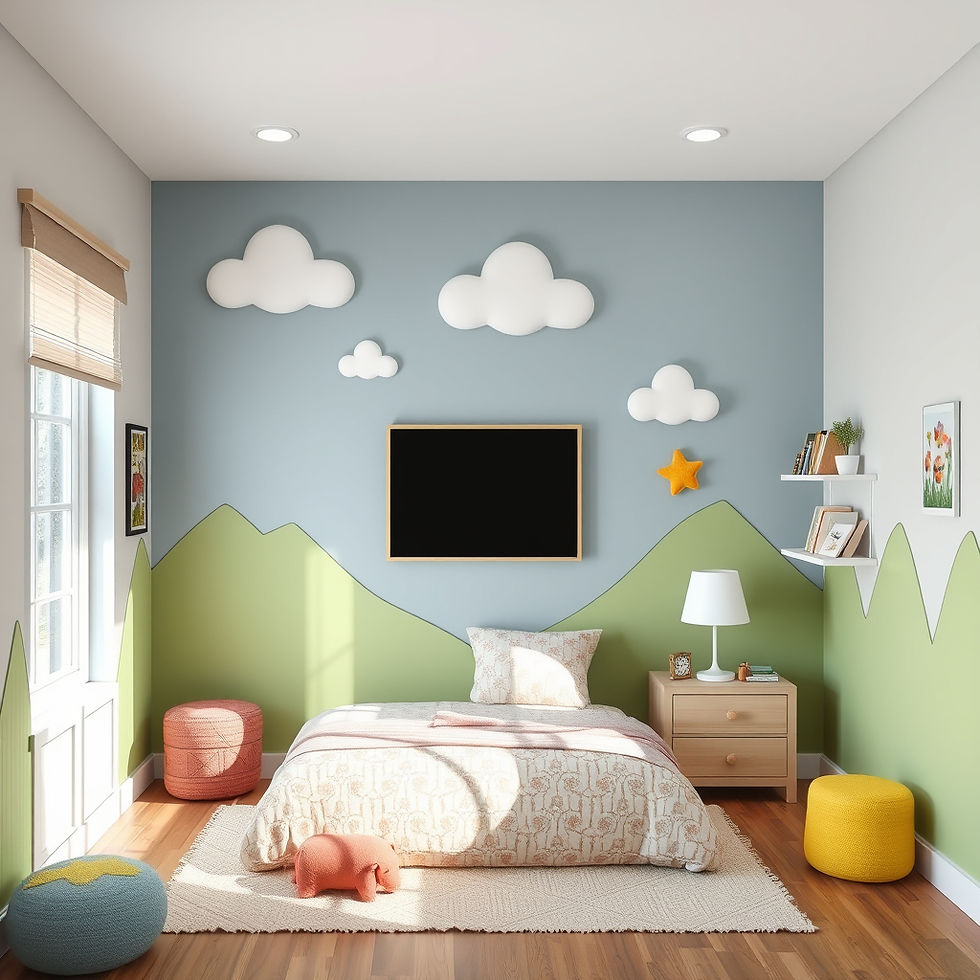

Sensory-informed design can make a meaningful difference for people with a wide range of neurodivergent profiles and sensory needs. This includes individuals with Autism Spectrum Disorder (ASD), ADHD, sensory processing differences, dyslexia, Tourette syndrome, OCD, and other neurological conditions that influence how a person experiences space.
Design is not therapy, but the right environment can support regulation, ease transitions, reduce overwhelm, improve focus, and promote independence. Through lighting, acoustics, layout, color, and texture, sensory design helps align the physical space with how someone’s mind and body move through the world.
This work is not about fixing traits. It is about creating spaces that feel safe, supportive, and intuitive so people can live with more clarity, comfort, and calm.
























Spaces that ground. Spaces that quiet what overwhelms and protect what matters.
Every material, every layout, every detail is chosen to support regulation, clarity, and comfort. Not just for one moment but for the rhythm of daily life.
This is design for neurodivergent minds and sensitive systems. It is calm without compromise. Beauty that does not shout. Peace you can feel.

Services
-
Sensory-Informed Space Planning - Layouts designed to support regulation, reduce overwhelm, and create natural flow through the home.
-
Material and Texture Selection - Carefully chosen surfaces and fabrics that feel good to the touch, support sensory needs, and maintain a sense of calm.
-
Lighting for Mood and Regulation - Thoughtfully layered lighting to reduce overstimulation and support circadian rhythm, focus, and rest.
-
Color Psychology for Emotional Balance - Color palettes that support the nervous system and create emotional clarity without sacrificing beauty.
-
Zoning and Environmental Cues - Design strategies that subtly guide behavior, ease transitions, and help the home function with less friction.
-
Furniture and Layout Consultation - Selections and arrangements that support movement, compression, rest, or sensory-seeking behaviors without clutter.
-
Design for Daily Routines - Custom solutions that align the home with the way you actually live. From morning regulation to bedtime wind-down.
-
Family-Centered Design Sessions - Collaborative design moments with you or your child, to ensure the space feels right for the people who live in it.



